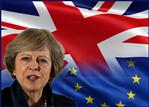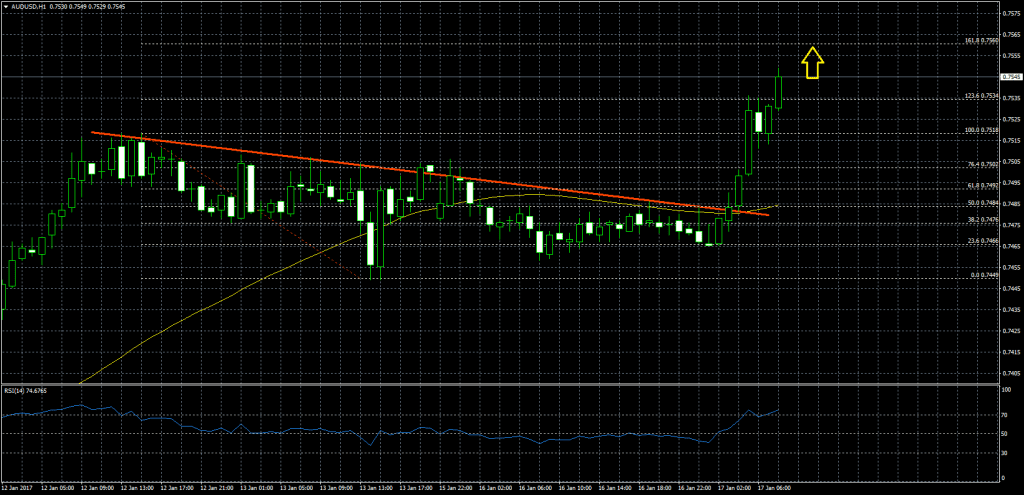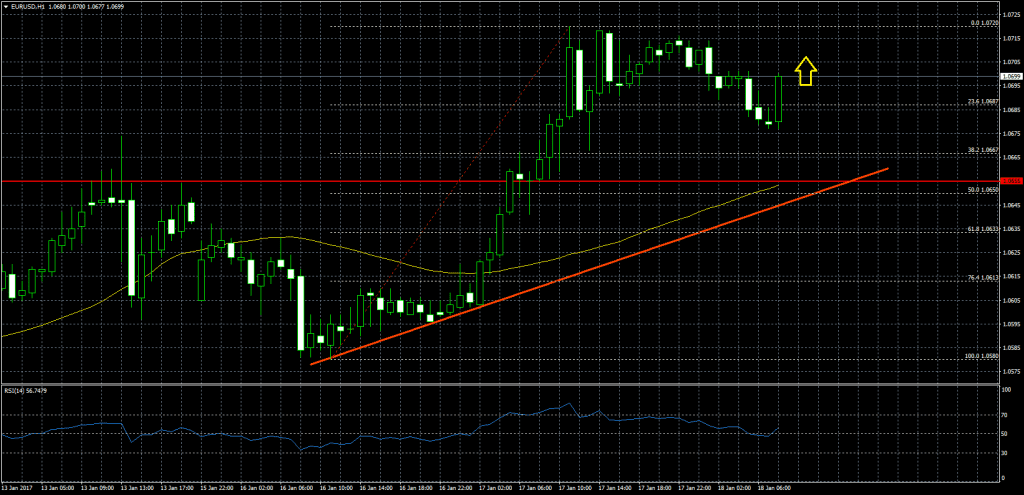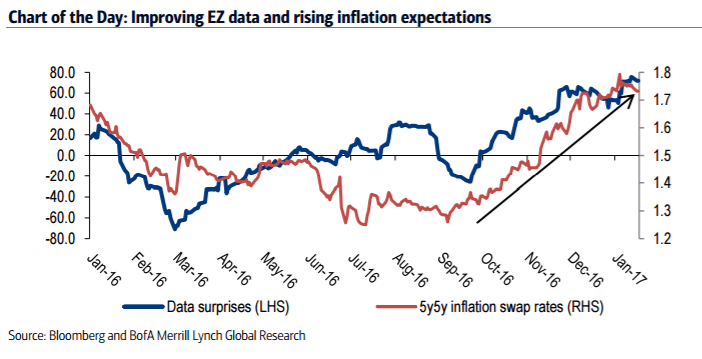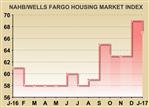Sterling responded well to PM Theresa May’s speech outlining the objectives that the UK hopes to achieve from the forthcoming Brexit negotiations.
The UK wants to: • Maintain the common travel area between the UK and Republic of Ireland; • Maintain tariff-free trade with the EU; • Agree to some form of customs union with the EU; • Be free to negotiate its own trade agreements outside the EU and represent itself at the WTO; • Control immigration from the EU; and • Phase in agreements reached with the EU.
The price action in sterling suggested the market is struggling to get new mileage out of the hard Brexit story, at least for now. In other words, the current risk premium for holding UK assets may be sufficient and this week is the first real suggestion since the Brexit vote that that might be the case. Based on producer prices, sterling is estimated to be 33% undervalued vs USD, and using the Big Mac index the degree of undervaluation is estimated to be around 25% − and sterling is also 25% below its average for the past 25 years. It would appear that markets will need something fresh to trade off of if sterling is to go lower in the near term, and it is possible that the forthcoming negotiations (once Article 50 is triggered) could provide that.
The robust performance of the UK economy is something that has very much been overshadowed by politics in recent weeks, but it is worth keeping in mind. The enormous monetary easing has helped to offset Brexit related uncertainty and recent activity indicators have continued to hold up well.
For sterling, therefore, two-way risks have returned for the moment and the market will be keenly monitoring the politics of Brexit and the performance of the economy in the coming months.
Copyright © 2017 ANZ, eFXnews™Original Article
